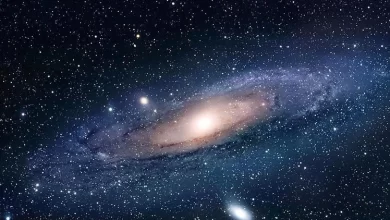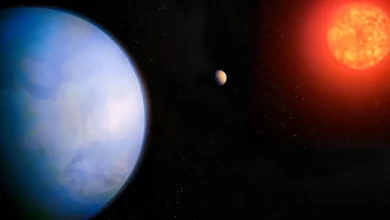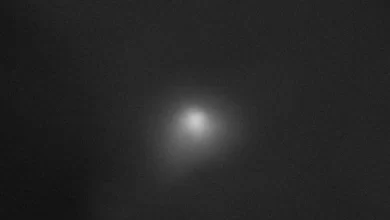This time India will land on the Moon!

After the failed landing of Russia’s Luna 25 spacecraft, India will now land on the Moon. Here are the details…

India will land on the Moon with Chandrayaan 3 on Wednesday, following a failed engine burn of Russia’s Luna 25 lander. If all goes as planned, the Chandrayaan 3 lander named Vikram will land on the lunar surface on Wednesday. After the failed landing attempt on India’s Chandrayaan 2 mission in 2019, the outcome is eagerly awaited.
India will land on the Moon on Wednesday
Russia’s Luna 24 mission brought Moon rocks back to Earth in a robotic spacecraft in 1976. Privately funded landers, led by Israeli and Japanese crews, have since failed in their lunar surface landings in 2019 and in April of this year. Including India’s Chandrayaan 2 mission four years ago.

India developed the Chandrayaan 3 mission for about $90 million and then launched the spacecraft on July 14. Chandrayaan 3 was launched with a propulsion module that would propel it from its initial orbit around Earth to the Moon and reached lunar orbit on August 5. The spacecraft was then put in a tighter loop in lunar orbit, and Chandrayaan 3’s Vikram lander left the thruster module last week.
Over the weekend, the Vikram lander maneuvered into an elliptical orbit, approaching within 25 kilometers of the lunar surface. The Indian Space Research Organization reported that the lander “will undergo internal checks and will wait for sunrise at the designated landing site”. The motorized descent is expected to begin approximately 20 minutes before landing.
An array of cameras will scan the surface for hazards and provide input to the lander’s autonomous navigation system to avoid rocks or craters. If the landing is successful, Chandrayaan 3’s Vikram lander will be the first to explore an area this close to the Moon’s south pole. When Chandrayaan 3’s Vikram lander lands on the surface, it will deploy a small rover named Pragyan.
The Indian Space Agency said the solar-powered mobile robot will “perform chemical analysis on the lunar surface.” The lander was designed to operate for approximately 14 days. India wants to stand out by succeeding in this mission after the failed Chandrayaan 2 mission.






